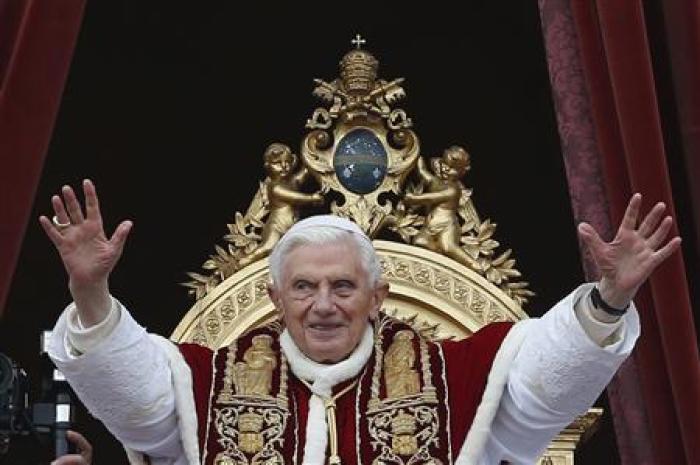5 things to know about Late Pope Emeritus Benedict XVI

1. He declared the Latin Mass the ‘extraordinary form’ of the Latin rite
In recent years, a debate has broken out regarding the Traditional Latin Mass, specifically whether or not it serves as an obstacle to achieving the goal of unity within the Catholic Church. For more than a century, Catholic masses worldwide were conducted in Latin. This changed during the Second Vatican Council that implemented several reforms in the Catholic Church in the 1960s and early 1970s with the establishment of the Novus Ordo, where masses began to take place in the local vernacular of a particular region as opposed to Latin.
In 2007, then-Pope Benedict XVI authored an apostolic letter titled Summorum Pontificum. In the letter, Benedict noted that after the Novus Ordo, “not a few of the faithful continued to be attached with such love and affection to the earlier liturgical forms which had deeply shaped their culture and spirit, that in 1984 Pope John Paul II, concerned for their pastoral care, through the special Indult Quattuor Abhinc Annos issued by the Congregation for Divine Worship, granted the faculty of using the Roman Missal published in 1962 by Blessed John XXIII.”
In other words, John Paul II decided that areas with a deep attachment to the Latin Mass could continue to conduct masses in Latin if granted permission to do so by their Diocesan Bishop. In Summorum Pontificum, Benedict XVI declared: “The Roman Missal promulgated by Pope Paul VI is the ordinary expression of the lex orandi (rule of prayer) of the Catholic Church of the Latin rite.” The missal in question contains the texts used to celebrate Novus Ordo masses.
At the same time, he proclaimed that “the Roman Missal promulgated by Saint Pius V and revised by Blessed John XXIII is nonetheless to be considered an extraordinary expression of the same lex orandi of the Church and duly honored for its venerable and ancient usage.” Benedict predicted that “these two expressions of the Church’s lex orandi will in no way lead to a division in the Church’s lex credendi (rule of faith); for they are two usages of the one Roman rite.”
“It is therefore permitted to celebrate the Sacrifice of the Mass following the typical edition of the Roman Missal, which was promulgated by Blessed John XXIII in 1962 and never abrogated, as an extraordinary form of the Church’s Liturgy,” he added. The 2007 apostolic letter enabled individual priests to authorize Latin masses at their churches using the Roman Missal containing texts designed for use in such masses.
In 2021, Benedict’s successor, Pope Francis, caused an uproar by publishing Traditionis Custodes, an apostolic letter restricting the practice of the Latin Mass. Francis identified the Novus Ordo as “the unique expression of the lex orandi of the Roman Rite” and called on bishops leading dioceses with Latin masses to “designate one or more locations where the faithful adherents of these groups may gather for the eucharistic celebration (not however in the parochial churches and without the erection of new personal parishes.)”
Francis also instructed bishops to “take care not to authorize the establishment of new groups” that celebrate the traditional Latin mass,” adding, “current and future priests will need permission from their bishops to continue or begin celebrating masses in Latin.” Slightly more than a year after the publication of Traditionis Custodes, the Roman Catholic Archdiocese of Washington abolished all Latin masses taking place in the traditional church setting and moved them all into three non-traditional church settings: a monastery, a chapel and a mission church.
The restrictions on the Latin Mass sparked a protest in the Washington, D.C., area and other dioceses across the U.S. have taken similar steps to comply with Traditionis Custodes.
Ryan Foley is a reporter for The Christian Post. He can be reached at: ryan.foley@christianpost.com




























